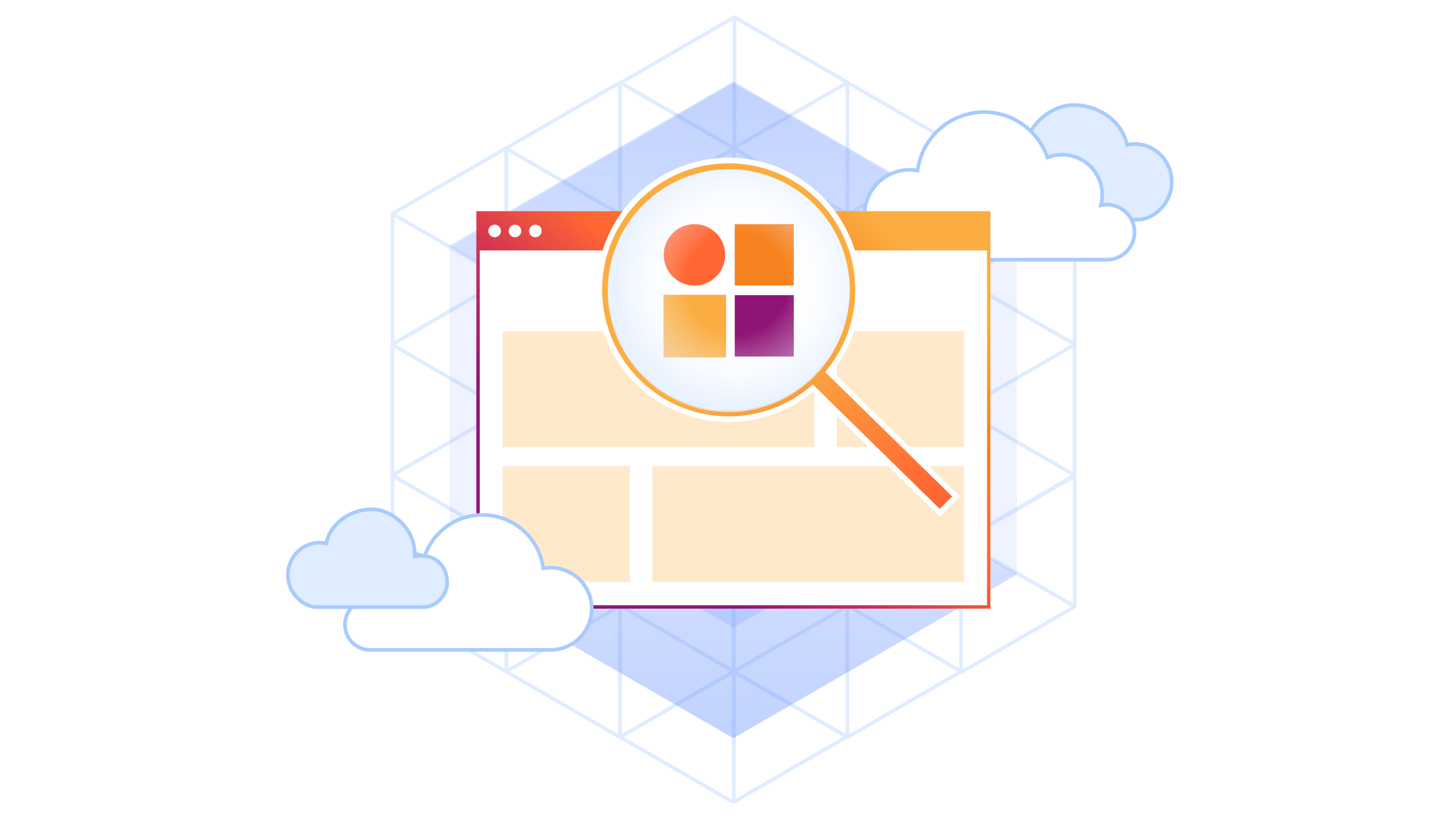Network Layer: Interface or Node Addresses
The fun question about network layer addresses is: are we addressing nodes or individual node interfaces? On the data link layer, we never had this issue because it was obvious that a data link layer endpoint is an interface, so each interface should have a unique data link layer address.
Interestingly, that’s not the case on transparent bridges. Even though they have multiple interfaces, the whole bridge has a single MAC address, so one could claim we’re addressing nodes connected to a single data link layer. The IEEE standard is unambiguous: in every relevant diagram, the MAC address sits on top of multiple interfaces because the MAC address belongs to the control plane.




